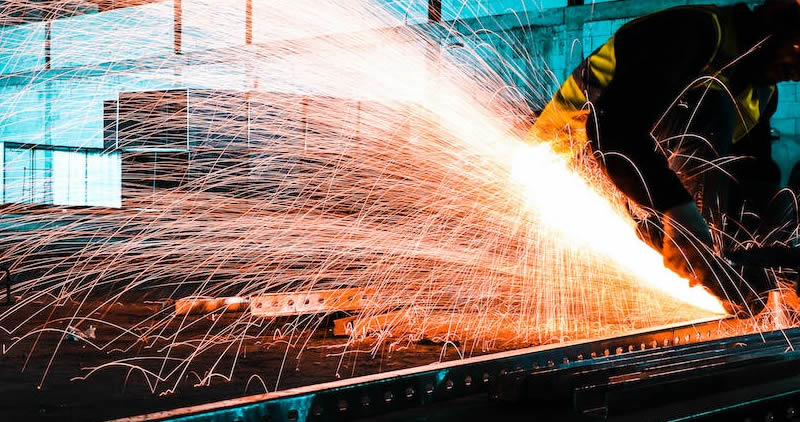In the world of industrial manufacturing, precision tube cutting plays a pivotal role. From aerospace to automobile, and from construction to healthcare, the demand for precise and efficient tube cutting has never been higher. Understanding the intricacies of this process is crucial for manufacturers aiming for excellence. In this comprehensive guide, we delve deep into the world of precision tube cutting, exploring its significance, techniques, and applications.

Introduction to Precision Tube Cutting
Precision tube cutting refers to the process of slicing tubes into specific dimensions with high accuracy. This technique is essential for industries where even the slightest deviation can lead to significant issues. The importance of maintaining precision cannot be overstated, as it directly impacts the quality and functionality of the end product.
Why Precision Matters in Tube Cutting
Precision is crucial in tube cutting for several reasons. First, it ensures that the components fit perfectly into their designated places, reducing the need for adjustments or rework. Second, it enhances the structural integrity of the assembly, which is vital in industries such as aerospace and automotive. Lastly, precision cutting minimizes material wastage, making the process more cost-effective.
Techniques Employed in Precision Tube Cutting
There are various techniques used in precision tube cutting, each with its own set of advantages and applications. Some of the most common methods include:
- Laser Cutting: Known for its accuracy and speed, laser cutting is ideal for intricate designs and high-volume production.
- Waterjet Cutting: This method uses high-pressure water combined with abrasive materials to cut through tubes without generating heat, preserving the material’s properties.
- Plasma Cutting: Utilizing electrically conductive gas, plasma cutting is excellent for thick tubes and offers a clean finish.
For further insights into metal cutting methods, you can refer to this detailed guide on cutting techniques.
Applications of Precision Tube Cutting
The applications of precision tube cutting are vast and varied. In the automotive industry, for instance, it is used to create components that demand high accuracy for safety and performance. Similarly, in the medical field, precision cutting is indispensable for manufacturing devices that require exact specifications.
Aerospace Industry
In the aerospace sector, the need for lightweight yet strong components is paramount. Precision tube cutting ensures that the parts are not only precisely manufactured but also meet the stringent safety standards required in this industry.
Construction and Infrastructure
Precision in cutting tubes is vital in construction to ensure that the structural components fit seamlessly. This precision minimizes potential structural weaknesses and helps in maintaining the safety and durability of the construction.
For more on precise metal cutting in construction, visit this useful resource on carbon steel cutting.
Challenges in Precision Tube Cutting
Despite its advantages, precision tube cutting presents several challenges. These include maintaining consistent quality, managing the cost of high-tech equipment, and ensuring that the process is environmentally friendly.
Ensuring Consistent Quality
Achieving uniformity in tube cutting requires meticulous calibration of machines and regular maintenance. Any deviation can lead to costly errors and material wastage.
Cost Management
Investing in cutting-edge technology for precision cutting is capital-intensive. Manufacturers must weigh the benefits against the initial costs and ongoing maintenance expenses.
To explore cost-effective solutions in metal cutting, check out this informative article on minimizing burrs.
Future of Precision Tube Cutting
The future of precision tube cutting looks promising with advancements in technology. The integration of automation and AI is set to further enhance the precision and efficiency of tube cutting operations.
Automation and AI Integration
Automation is transforming the landscape of tube cutting by reducing human error and increasing production speed. AI, on the other hand, can predict potential issues and optimize cutting patterns for better results.
Sustainable Practices
With a growing focus on sustainability, manufacturers are adopting eco-friendly practices in precision cutting. This includes using recyclable materials and minimizing energy consumption during the cutting process.
For a deeper understanding of sustainable metal fabrication, consider visiting this external resource on metal fabrication.
Conclusion
In conclusion, precision tube cutting is an indispensable process in various industries, providing the accuracy and efficiency necessary for high-quality manufacturing. As technology continues to evolve, the techniques and applications of precision tube cutting will only expand, paving the way for more innovative and sustainable solutions.

FAQs
What is precision tube cutting?
Precision tube cutting is the process of slicing tubes with high accuracy to meet specific dimensions, crucial for industries requiring exact specifications.
Which industries benefit from precision tube cutting?
Industries such as aerospace, automotive, construction, and healthcare benefit significantly from precision tube cutting due to their need for precise and reliable components.
What are the common methods used in precision tube cutting?
Laser cutting, waterjet cutting, and plasma cutting are the most common methods used in precision tube cutting, each offering unique advantages depending on the application.
This article contains affiliate links. We may earn a commission at no extra cost to you.

